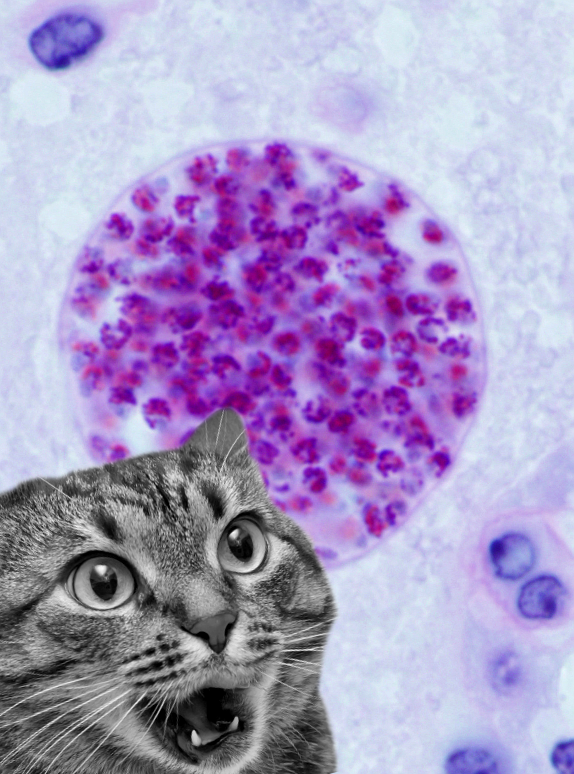Parasite hacked for drug delivery
 A cat poo parasite has been re-engineered to deliver drugs to mouse brains.
A cat poo parasite has been re-engineered to deliver drugs to mouse brains.
International scientists have successfully engineered the cat faeces parasite, Toxoplasma gondii, to deliver therapeutic drugs.
This groundbreaking technique leverages the parasite's natural ability to bypass the blood-brain barrier, a significant obstacle for conventional drug delivery methods.
The research team, led by Shahar Bracha, published their findings in Nature Microbiology, detailing a novel approach to treating neurological conditions.
The scientists inserted two proteins into T. gondii to treat Rett syndrome, a rare neurological disorder affecting brain development.
The engineered parasites delivered these proteins to the neurons of infected mice, effectively binding to target DNA and altering host gene expression without causing significant inflammation.
The brain's blood-brain barrier, designed to protect the brain from harmful substances, also restricts the entry of many beneficial drugs.
By harnessing the natural migratory route of T. gondii from the gut to the central nervous system, researchers demonstrated a unique method for drug delivery.
Bracha and his colleagues used the parasite’s secretory organelles, rhoptries and dense granules, to transport therapeutic proteins directly into host cells.
Interestingly, the research showed that the parasites remained predominantly within the target delivery sites, with minimal presence outside these areas, ensuring focused delivery of the therapeutic proteins.
“We successfully demonstrated via laboratory experiments that the proteins could be delivered from both secretory organelles to neurons at the same time,” the authors report.
MeCP2, one of the therapeutic proteins used in the study, has been identified as a potential treatment for Rett syndrome.
The engineered T. gondii delivered MeCP2 to the neurons in mice, achieving effective binding to target DNA and altering gene expression in the cells and brain organoids.
The proof-of-concept study marks a significant step forward in the quest for innovative treatment methods for neurological conditions.
While the study’s findings are promising, further research is necessary to assess the efficacy and safety of this approach in human patients.








 Print
Print